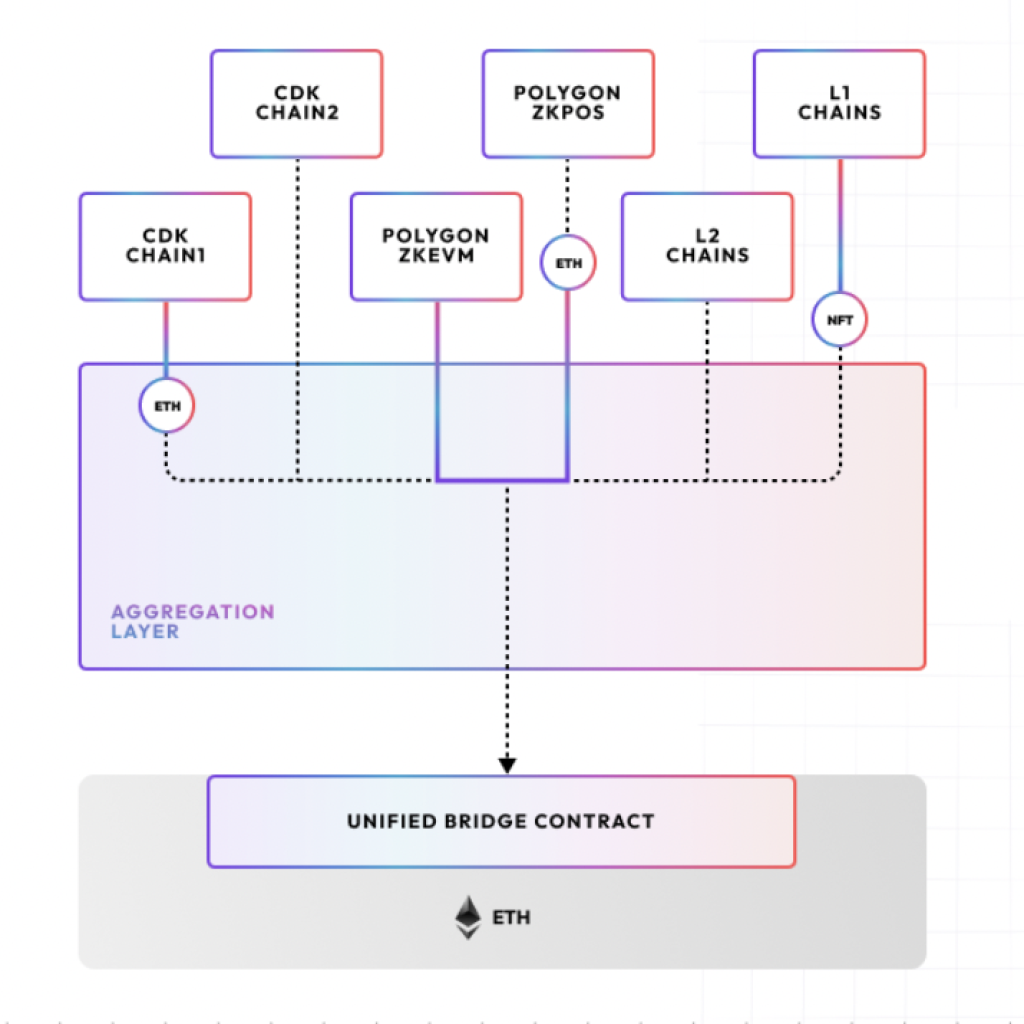The financial well-being of our planet is precariously perched on the decisions of two monumental institutions:- the Federal Reserve and the Bank of Japan (BOJ). As they prepare to chart the course for nearly half of the world’s economy, their upcoming decisions are more than just routine adjustments. They’re pivotal moves that could dictate the direction of the global economy’s sail through turbulent waters. This week is set to be a blockbuster, with a packed agenda that could influence everything from your wallet to the world’s economic stability. Let’s dive into the whirlpool of central bank policies and see what’s at stake.
Diverse Monetary Tides
As we stare down the barrel of this critical week, it’s clear that the global economic landscape is anything but uniform. The aftermath of a consumer price shock, fueled by the pandemic and exacerbated by geopolitical tensions, has left economies in varied states of disarray. Some are grappling with the heat of domestic price pressures, while others seem to be on a different trajectory altogether. This divergence underscores a significant shift from the previously synchronized strategies employed by central banks.
The spotlight shines brightest on the Federal Reserve’s gathering on Wednesday. The burning question is whether they’ll signal a shift away from their rate-cutting intentions, spurred by robust economic indicators. Across the Pacific, the BOJ’s Tuesday announcement is equally gripping. With Japan on the cusp of shaking off decades of sluggish price growth, the global financial landscape is buzzing with anticipation. Could this be the moment Japan turns the page on its long-standing monetary policy narrative?
The narrative in Europe and Latin America further complicates the plot. While Europe’s financial custodians, from the UK to Switzerland, flirt with the idea of softer borrowing costs, Latin America seems set for a more unified easing march. This patchwork of monetary policy maneuvers paints a picture of a world at an economic crossroads, with each central bank choosing its path based on its domestic economic script.
A Week of Decisions
Monday kicks off with Pakistan in the limelight, holding its breath for a decision amidst an IMF rendezvous. Will they hold steady, or is a cut on the cards? Fast forward to Tuesday, and all eyes are on Japan. With wage hikes hitting a 30-year high, the BOJ faces a watershed moment. Will they pull the trigger on ending negative rates, or is patience still their virtue? Down Under, Australia seems poised to maintain its stance, but the Reserve Bank’s tone will be dissected for any hints of a future pivot.
Midweek, the Fed is expected to maintain its stoic stance, keeping rates steady. This comes amidst a backdrop of stubborn inflation and solid job growth, challenging their rate reduction roadmap. Brazil, on the other hand, signals more cuts, despite inflationary pressures, showcasing a contrasting approach to monetary easing.
The week progresses with Europe’s trio of decisions. The Swiss National Bank and Norges Bank are teetering on the edge, with rate cuts in the air but not yet a certainty. The Bank of England, with fresh data at hand, appears poised to maintain its current rate, underlining the cautious optimism pervading some quarters of the global economy.
As the week winds down, Turkey and Mexico enter the fray, with decisions that could echo beyond their borders. Turkey’s inflation dilemma and Mexico’s potential for easing add layers to the global monetary policy puzzle. Finally, Russia and Colombia round off the week, with each central bank navigating its inflationary challenges and economic recovery trajectories.





